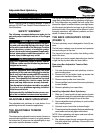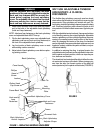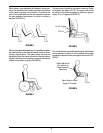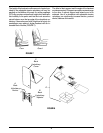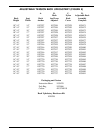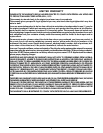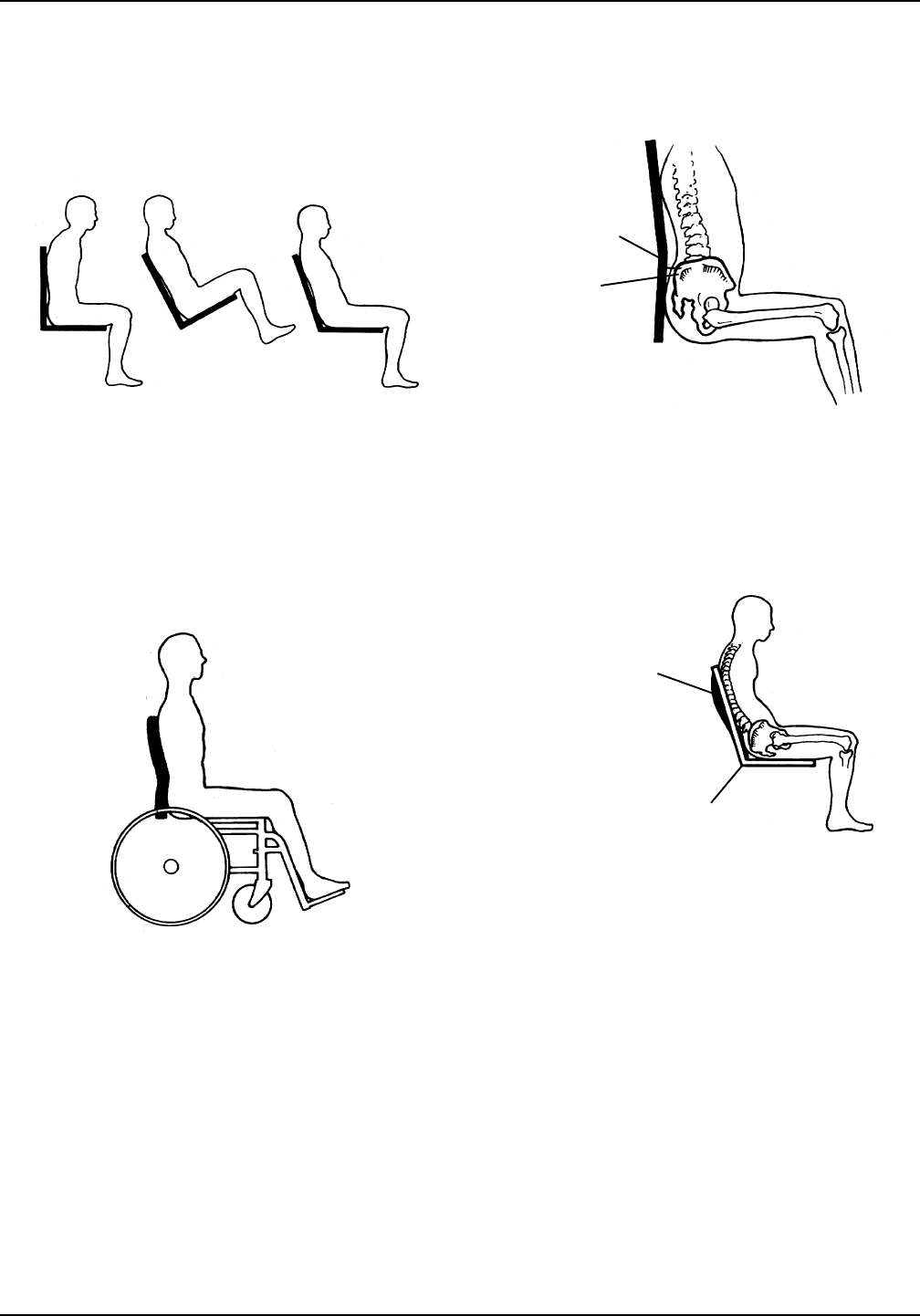
3
When using a non-adjustable flat backrest, the top por-
tion of the upholstery will usually push the trunk forward
of the center of gravity over the pelvis. To maintain the
trunk in the upright posture, the user must have and use
the back extensor musculature, or add tilt or recline to
backrest (FIGURE 3).
When using adjustable upholstery, it is possible to tighten
the lower portion of the backrest which assists in main-
taining a neutral pelvis. The upper portion can then be
adjusted to follow the natural curvature of the spine bring-
ing the trunk back over the pelvis in a position of balance
relative to the center of gravity (FIGURE 4).
The best point of control for the pelvis is near the Poste-
rior Superior Iliac Spine (P.S.I.S). The upper trunk should
be relined until a balance posture is achieved, approxi-
mately 10 to 15 degrees (FIGURE 5).
For individuals who have fixed kyphotic spine, the backrest
can be adjusted to allow for an increased recline while
providing increased contact and support of the back (FIG-
URE 6).
FIGURE 3
FIGURE 4
10-15° Angle
P.S.I.S.
FIGURE 5
FIGURE 6
Adjust Backrest
to Conform to
Fixed Kyphotic
Deformity
Open Seat to Back
Angle If Possible



